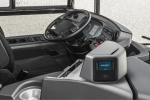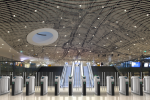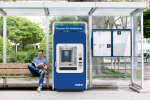Standardisation, modularity, scalability, flexibility and efficiency
Back-Office conceived with a fully intermodal, interoperable and citizen-oriented approach, based on over 30 years of experience in executing large collection projects worldwide and a deep understanding of transport and mobility.
It includes specific ticketing operations, a commercial back-office with unified billing and customer service, and a clearing house for payment clearing and settlement between the different operators, media, concessionaires and other players involved.
Maximum reliability guarantee for our customers and great flexibility for travellers
- Open, layered, Service-Oriented Architecture (SOA)
- Modular structure for including numerous additional features to comprehensively improve fare, account, customer, collection and revenue management. o Incorporated with the latest standards, including Transmodel, ISO 24014, SIRI, NETEX, etc.
- Unified, fully interoperable and intermodal ecosystem
- Door-to-door trips o Easily integrated with third parties
- Maximum security: cybersecurity, fraud management, transaction guidance and certification at all levels
Software architecture based on microservices
This architecture, together with an agile development methodology and automated integration and deployment cycles, forms an ecosystem focused on the production of quality, modular and adaptable applications.
- High level of innovation, using modern but mature technologies that have been tested on major deployments
- Open source and standard technologies, avoiding proprietary solutions, facilitating maintenance, reducing development times and reducing dependencies. Complete independence from the base software: database, operating system, etc.
- Current and flexible visual solutions, while also ergonomic, usable and powerful
- Modularity and scaling, to support extensions without architecture changes
- Extensive integration possibilities
- Ease of use for rollouts and updates
- Portability: it can be deployed in on-premise, Cloud or hybrid environments, regardless of the platform. SaaS model structure (Software as a Service)
- It boots the system with big data, AI, blockchain, multichannel customer service
- Account based: product-oriented sales, beyond a simplistic vision of the distribution of transport tickets
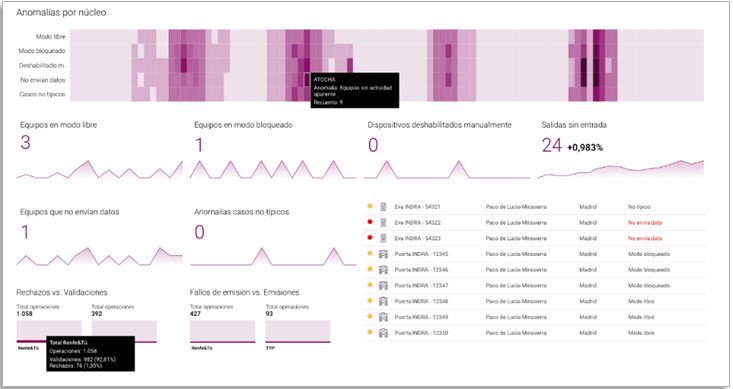
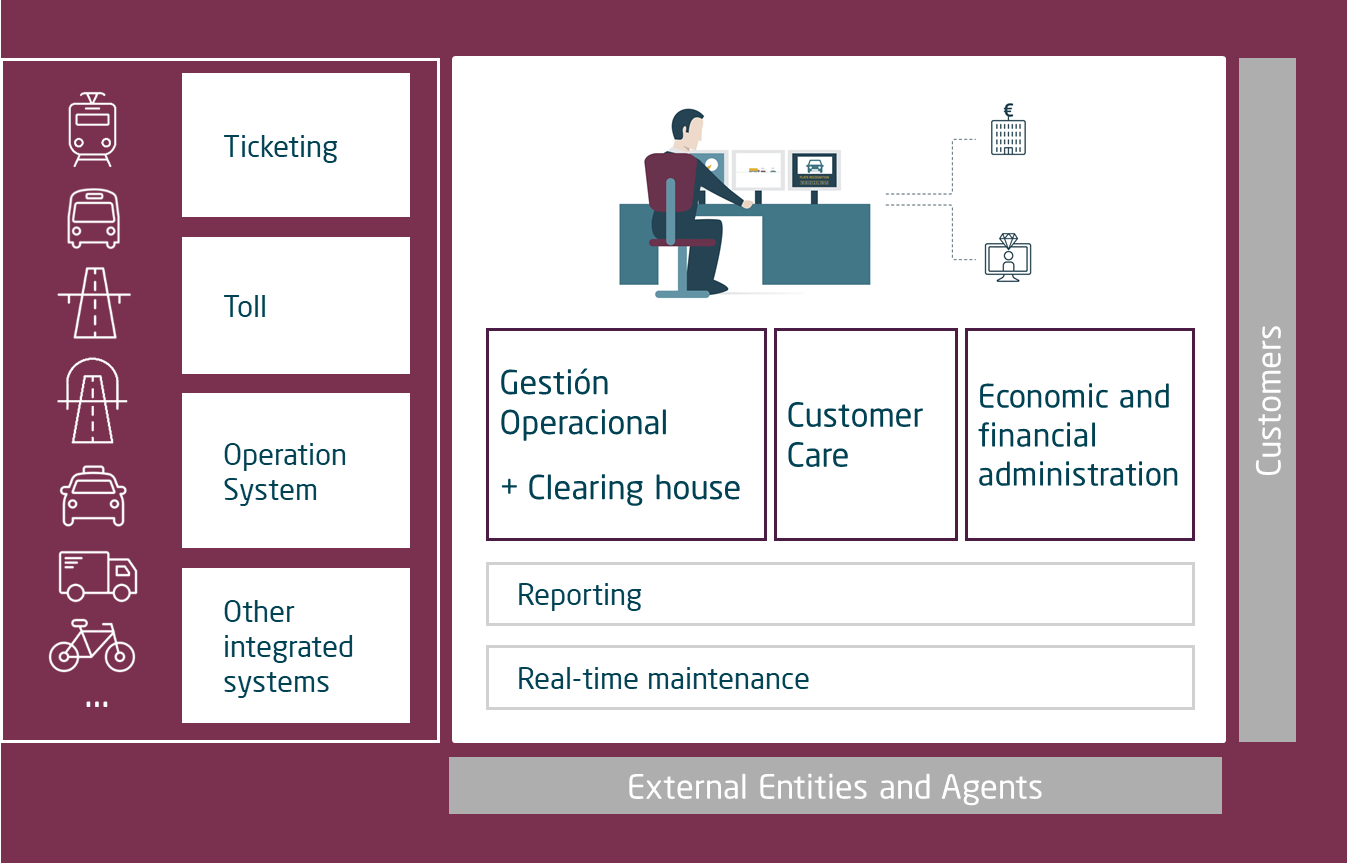
Operation + Clearing
- Asset Management, Monitoring & Control
- Accounting (transactional accounting)
- Workflows, rules engine o Registration process
- Financial balancing and reconciliation processes
- Settlement
- Interoperable interchange management
Commercial
- Account management
- Customer management o CRM
- Product operation
- Case management o Marketing
Economic
- Payment processes
- Discounts
- Billing
- Collection
- Enforcement process
Analysis
- Reporting, auditing
- Web service reporting
- Big Data / Business Intelligence: analytics and statistics
- Artificial Intelligence and predictive modelling
Maintenance
- Fare maintenance
- System parameters
- Product management
- Comprehensive, secure and efficient fraud management, KMS and cybersecurity
- Topology
- Management of collection centres, issuers, commissions, taxes, etc.




